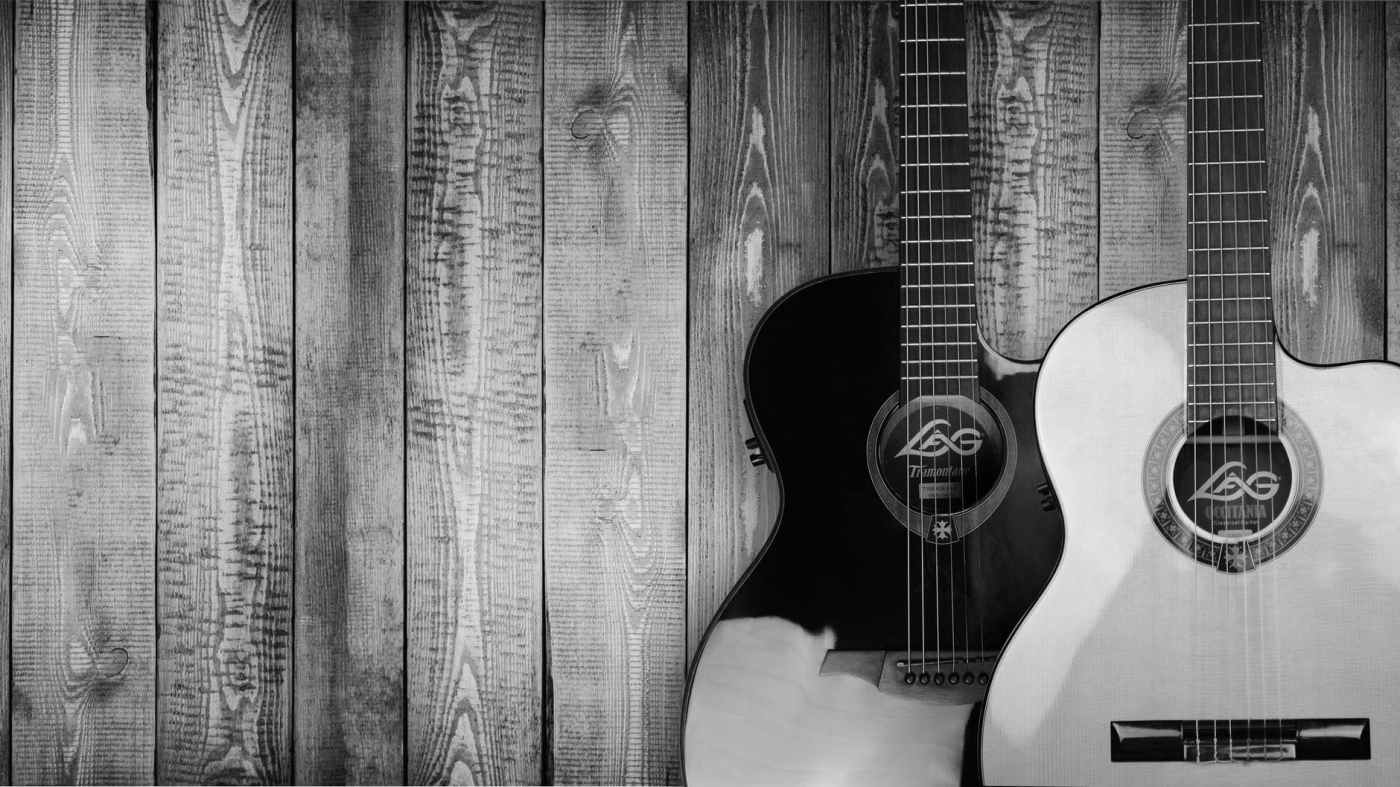Several men are sitting quietly, when one exits into the next room to retrieve something from a box. The box is warm, and the insides smell like candles. The man returns to hear someone tuning a guitar. He can hear the guitar player, but can barely see him behind a large brass horn with a mouth so wide it could swallow up the RCA Victor dog. Gently he unwraps what he was sent to fetch, a wax cylinder that is gently fitted onto a machine at the small end of the brass horn. The calendar on the wall reads October 24.
“Are you ready, Sylvester?”
“Yeah, I’m ready”
The machine is turned on, and the cylinder begins to spin. Sylvester Weaver leans into the horn and begins to play his guitar. The sounds travel down the brass horn, making a diaphragm vibrate which in turn causes a needle to cut a groove into the warm wax cylinder. Three minutes later Mr. Weaver, who had briefly served in the army during World War I, has recorded the first blues instrumental in history. The Okeh record label would release this on a 78 rpm disc for sale in 1923.
By the end of the 1920’s, male singer and guitarists like Blind Lemon Jefferson, Lonnie Johnson, Mississippi John Hurt, Tampa Red and Blind Willie Johnson would surpass and eclipse the popularity of the female vocalists (such as Ma Rainey, Bessie Smith, Edith Wilson, Ida Cox, Mamie Smith and others) that had been pioneers in the new blues recording industry. The history of the guitar and the story of blues music becomes inseparable in the twentieth century. It all starts with a considerate, well dressed man, born in Louisville, Kentucky in 1896 named Sylvester Weaver and three minutes of music recorded on wax cylinder in 1923.
Sylvester Weaver did not have a long recording career, in fact he hardly played guitar after 1927. He spent many years working as a butler and chauffeur for a family in Louisville. Dorothy, his second wife whom he married in 1943, never heard him play guitar at all. Blues music was around before Mr. Weaver, and he may not have been the most commercially successful or influential guitarist. He does have the distinction of being the musician who recorded the first instrumental blues record, once he got through playing his piece without the needle jumping out of the groove on that wax cylinder.
This blog is made possible thanks to the support of readers, fans and music lovers everywhere. If you can, please help the creation of future content by making a contribution here.



It’s important to remember that when Sylvester Weaver was recording “Guitar Rag” in 1927… Stravinsky was writing “Oedipus Rex!”
Thanks for this